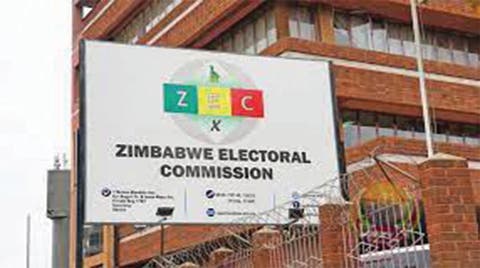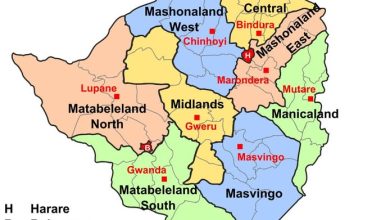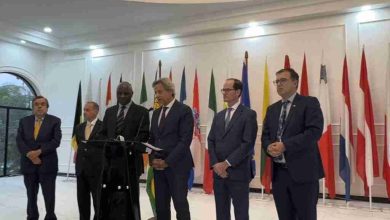Delimitation Report debate in Parliament today

BOTH the National Assembly and Senate will reconvene today to debate the preliminary Delimitation Report submitted to President Mnangagwa on December 26 by the Zimbabwe Electoral Commission (ZEC).
The tabling of the report and procedures to be followed are set out in the Constitution.
On Tuesday, Parliament confirmed that President Mnangagwa had summoned legislators from their festive season break for the extraordinary sitting to debate the report from 9am today.
Most MPs will debate the report virtually due to accommodation challenges being experienced by Parliament.
The National Assembly adjourned in the third week of December and was expected to reconvene on January 24, with the Senate set to resume sitting on January 31, following the passing of the 2023 National Budget.
However, the Constitution states that once the report has been presented to the President, it has to be tabled before Parliament within seven working days, hence the early resumption of sittings.
Parliament has since set up a 13-member ad-hoc committee comprising legislators from the three parties represented in Parliament, roughly in proportion to their Parliamentary numbers, to analyse the report.
The members are Pupurai Togarepi, Dexter Nduna, Kenneth Musanhi, Tsitsi Muzenda, Chido Madiwa, David Parirenyatwa, Musa Ncube, Cuthbert Mpame, Chief Siatabwa Siansali, Prince Sibanda, David Tekeshe, Douglas Mwonzora and Anele Ndebele.
Zanu-PF has eight members followed by the MDC-T which is represented by its leader Douglas Mwonzora, David Tekeshe and Anele Ndebele, with Prince Dubeko Sibanda as the sole representative of the CCC.
Chief Siansali represents the 18 chiefs, who are forbidden from party affiliation.
Once the report has been tabled, Parliament has 14 sitting days to debate the contents of the report and raise any concerns, which are forwarded to the President.
He in turn informs ZEC of concerns that have merit, and ZEC must amend the Delimitation Report before submitting the final document to the President.
Zanu-PF
The Constitution states that ZEC must divide Zimbabwe into 210 constituencies for the National Assembly, and into the number of wards making up each local authority.
As far as possible, each National Assembly constituency should have an equal number of registered voters and each ward within a local authority should have an equal number of voters. No ward can straddle a constituency boundary.
ZEC has to consider geographic features, community interests and communications when drawing up boundaries.
Therefore, it is allowed to vary the size of a ward or constituency by up to 20 percent from the average within a local authority or the national average for the House of Assembly to meet this extra requirement.
The Senate is simpler, with each province regardless of population or the number of registered voters having an equal number of six seats and being treated as a single multi-member constituency.
Senate seats and the non-constituency women and youth members in the House of Assembly, who also represent provinces, are distributed between the parties whose candidates have won votes in the constituency elections in each province in proportion to those votes.
The detailed process of delimitation, which requires a lot of careful calculations, started on June 1 last year and officially ended on December 31.
It followed a blitz to get unregistered qualified voters to sign up and those already on the roll who had moved to give their new addresses so they would be placed in the right ward and constituency.
Registration continues until close to a by-election or national election, but the delimitation is built around the roll at the end of that blitz.
The preliminary delimitation report contains a presentation page outlining the provisions of the law in terms of which the report is presented to the President.
Elections
The report’s introduction indicates the factors influencing delimitation, the delimitation formula, and the rules used to guide the delimitation process, administration processes, and publicity and stakeholder engagements, among other issues.
Preliminary wards and constituencies are presented by province with each chapter highlighting the number of constituencies that have been delimited for the province and their names, the number of wards that have been delimited for each local authority in the province, and the summary boundary descriptions for the same.
The report details the full ward and constituency boundary descriptions as annexures to each provincial chapter. This includes provincial maps depicting constituency and ward boundaries, which form part of the preliminary report.
Zimbabwe is set to conduct harmonised elections round about the middle of this year
Chronicles




